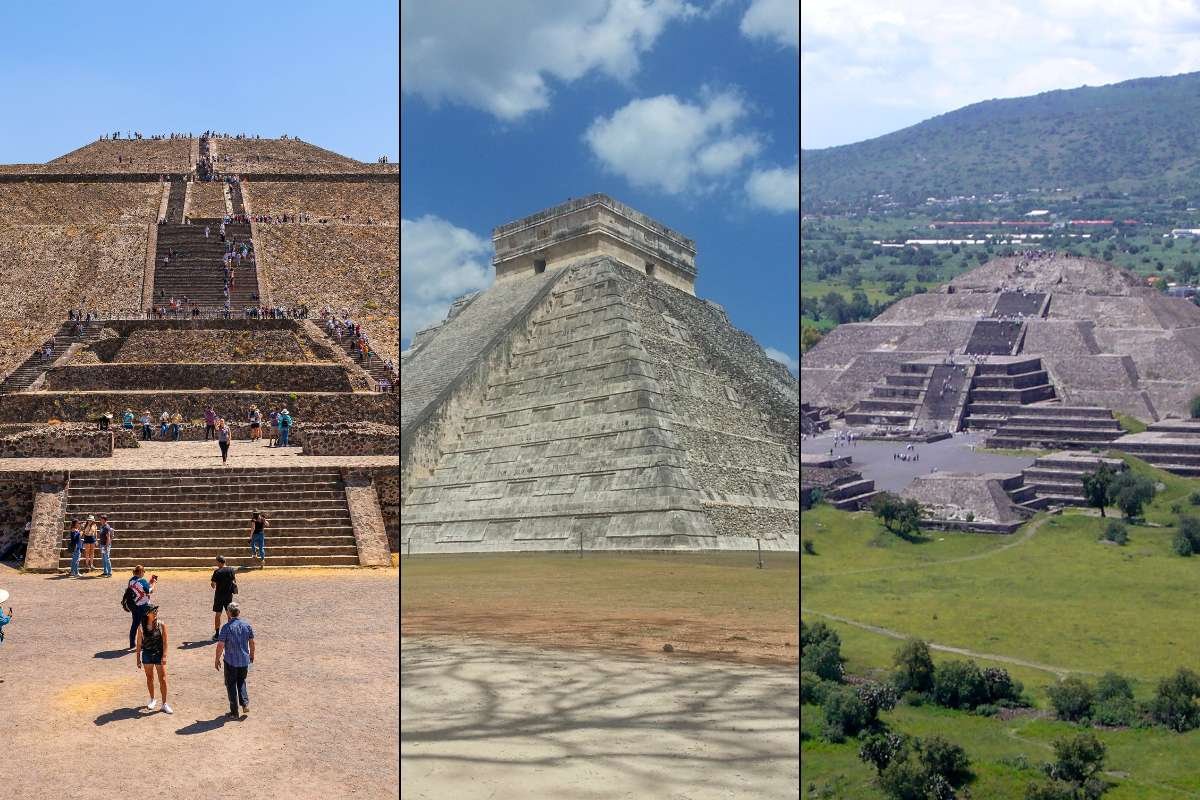Imagine you and your team going on a special company retreat. It’s like a fun vacation where you can enjoy cool activities and beautiful scenery. But have you ever wondered to improve team cohesiveness to works well together?
Teamwork is like the glue that holds a group together. It’s about working together and communicating, trusting each other, and having a shared purpose. When a team is cohesive, they support and help each other and can overcome any challenges. But sometimes, teams need help with communication or trust. They might need to work better together or feel they’re all on the same page. These issues can hurt productivity and make people unhappy at work.
In this blog, we will explore four signs that indicate to improve team cohesiveness, team-building efforts to improve their performance and workplace standards.
1. Lack of Communication

Effective communication is the cornerstone to improve team cohesiveness. When team members encounter communication difficulties, it can result in misunderstandings, confusion, and a lack of synchronization.
Limited exchange of ideas and information:
1. Edit with the Docs app
Make tweaks, leave comments, and share with
It hampers collaboration when team members hesitate to share their thoughts, others to edit at the same time.
ideas, or relevant information. This lack of open communication stifles creativity, problem-solving, and the team’s overall progress.
NO THANKS GET THE APP
2. Misinterpretation of instructions or tasks:
If team members frequently misunderstand instructions or tasks, it suggests a communication breakdown. Ensuring clear and concise communication is essential to establish a good bonding.
3. Ignoring or avoiding team discussions:
When team members actively avoid or dismiss team discussions, it hinders progress and inhibits the flow of information. Active participation and engagement in team discussions are vital for generating ideas, finding solutions, and building consensus.
4. Lack of active listening during meetings:
Effective communication involves not only expressing oneself but also actively listening to others. Team members must listen during meetings so important information can be noticed actively, and misunderstandings can arise.
2. Low Trust and Collaboration

Trust and collaboration are the pillars of a cohesive and high-performing team. When lacking trust and collaboration suffers, it can significantly hinder a team’s effectiveness.
1. Reluctance to share ideas or feedback:
When team members hesitate to share their ideas or provide feedback, it suggests a lack of trust. Trust is essential for creating a safe environment where members feel comfortable contributing their thoughts and opinions.
2. Frequent conflicts and disagreements:
A team that experiences frequent conflicts and disagreements often indicates a breakdown in collaboration. When team members struggle to work together, it can lead to tension, hostility, and a negative work environment.
can lead to tension, hostility, and a negative work environment.
3. Blaming others for mistakes:
In a low-trust environment, team members may blame others when mistakes happen. Rather than taking responsibility and collectively finding solutions, individuals point fingers and create a culture of mistrust.
4. Lack of support or assistance among team members:
A cohesive team is characterized by a strong sense of support and assistance among its members. A lack of support and appreciation can lead to feelings of isolation, decreased morale, and reduced productivity.
3. Lack of Clearly Defined Roles and Responsibilities
The absence of well-defined roles and responsibilities can improve team cohesiveness and create ambiguity. When individual roles are clear, team members may need to learn what is expected, leading to inefficiencies and task overlaps. This ambiguity can also make knowing who to approach for specific issues challenging, resulting in delays and frustration.
Additionally, an unbalanced workload distribution can strain relationships and hinder productivity. Clearly defining roles, clarifying expectations, and ensuring a fair distribution of tasks can improve team cohesiveness and improve overall performance.
4. Ineffective Decision-Making

Ineffective decision-making can impede a team’s progress and hinder their ability to achieve desired outcomes. Here are some key signs of ineffective decision making:
● Difficulty reaching consensus on important matters.
● A few individuals dominate decision-making.
● Lack of involvement and engagement from team members.
● Repeatedly making poor or inefficient decisions.
5. Absence of Team Spirit
Team spirit can benefit the overall cohesion and success of a team. Here are some key signs that show a lack of team spirit:
● Lack of celebration or recognition of achievements.
● Limited social interactions and bonding among team members. ● Individual goals are prioritized over team goals.
● Lack of enthusiasm or motivation within the team.
Conclusion:
In conclusion, to improve team cohesiveness, which is crucial for organizational success, can be fostered by recognizing the signs that indicate a need for improvement. Whether it’s during a special company retreat or in day-to-day operations, addressing issues such as communication, trust, roles, decision-making, and team spirit is key to building a cohesive team that thrives. By utilizing the unique opportunity a company retreat provides, teams can engage in activities and discussions that strengthen their bonds, enhance communication, and ignite a sense of unity and purpose.
To deal with these situations, here are five suggestions:
1. Foster open and transparent communication channels, encouraging team members to express their thoughts and ideas freely.
2. Promote trust-building activities and encourage team members to collaborate and support one another.
3. Clearly define roles and responsibilities, ensuring everyone understands their contributions to the team’s success. 4. Implement inclusive decision-making processes that involve all team members, allowing for diverse perspectives and better outcomes. 5. Cultivate team spirit by recognizing and celebrating individual and collective achievements, organizing team-building activities, and encouraging social interactions.


















